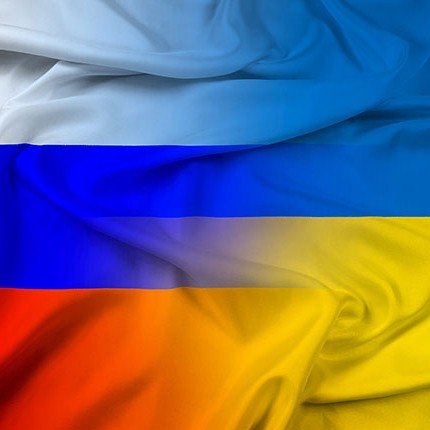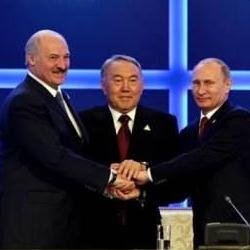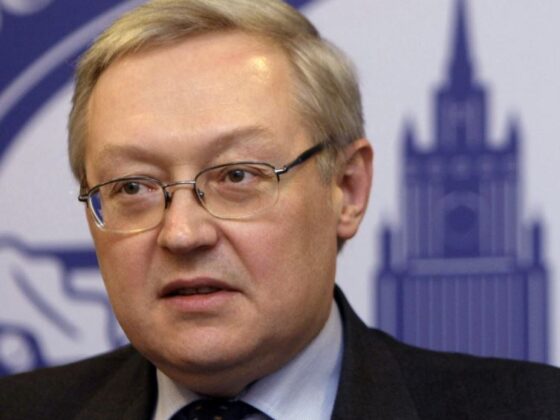(The Walrus) As this magazine hits the stands, hundreds of Canadian monitors will be returning from Ukraine, after observing the May 25 presidential election. While we do not yet know which candidate will win, it is already clear that the country itself has lost. Even before Russia intervened, the fundamental agreement that once kept the eastern European country together broke down, resulting in the worst crisis the continent has seen since the civil war in Yugoslavia.
Geographically and culturally wedged between Russia and the European Union, Ukraine has suffered a profound identity crisis over the past six months. After its autocratic president, Viktor Yanukovych, was ousted in February and replaced by an interim government of mostly pro-Ukrainians from the West, Moscow annexed the predominantly Russian region of Crimea in the South. Pro-Russian demonstrators and armed “green men” have since overrun major cities in the East; half of the population in the southeast refuses to recognize the leadership in Kyiv (the Ukrainian transliteration is gradually replacing the Russian “Kiev”).
Things were not always this bad. Like Canada, Ukraine struggles to stitch together disparate cultures and linguistic groups. The South and the East, which joined the Russian empire in the seventeenth and eighteenth centuries, are dominated by Russian speakers who have traditionally opposed NATO expansion and EU integration. Combined, they encompass about half of the country’s 44 million people and form its industrial centre. By contrast, western Ukraine, which joined the Soviet Union after World War II, is marked by Ukrainian speakers with a strong commitment to both Ukrainian national identity and integration with Europe. With only 20 percent of the population, the West is much more rural and poor. After the Soviet collapse, many observers expected linguistic and cultural divisions to spark a Yugoslav-style civil war. Instead, regional representatives reached an informal accommodation, known as the “pact with the devil.” […]
Read the full article © The Walrus











